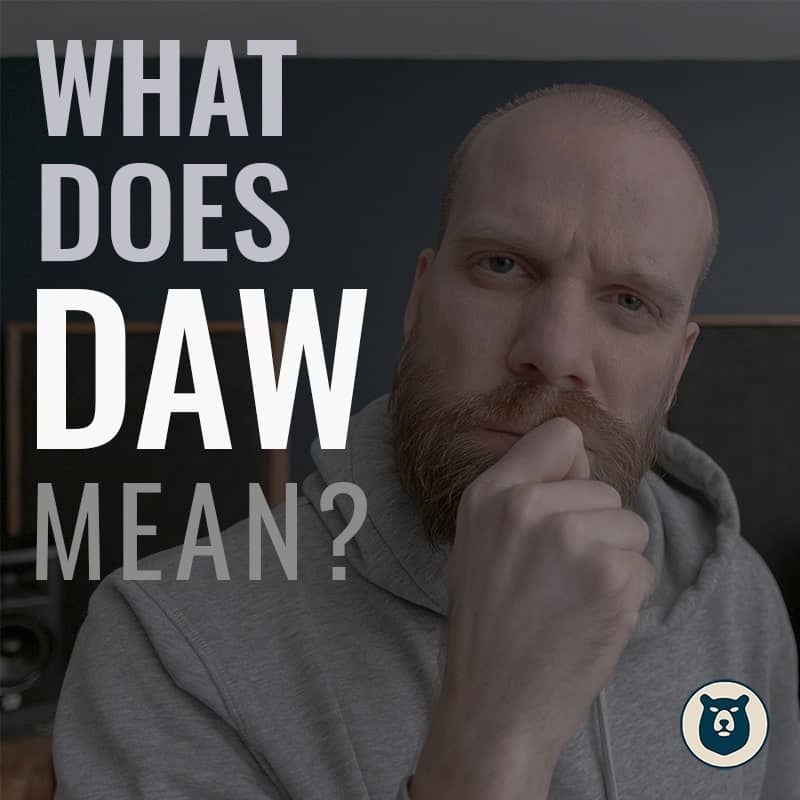

This is, of course, pertinent to log/anti-log laws. The usual requirement is that it moves smoothly and linearly across the field. This refers to the way the sound behaves when it is moved across the stereo field. The panning law determines the relationship between the sound’s apparent image position and the pan knob control. If you were to sum the left and right channels in a mono situation, the centre gain would result in a 6dB rise, so attenuating by that amount became a must in the broadcast industry as mono compatibility is always a prime issue. The panning law was integrated to introduce a 3dB level drop at the centre. If you were to pan this signal from the extreme left channel through the centre and then onto the extreme right channel, it will sound as if the level rises as it passes through the centre. When a signal is panned centrally, the same signal will be output (identically) on both the left and right channels. By moving one sound away from another within the stereo soundstage we eliminate masking and summing in one hit. The first port of call for a producer faced with these problems is to turn to the pan-pot in the DAW or mixer. So, how does this help us with regards to masking and summing? Sounds that you hear coming out of the left speaker are said to be panned left, sounds that you hear coming out of the right speaker are said to be panned right and sounds that you hear in the centre are said to be panned centre. Think of two speakers and how sound is played through them. Panning is the process by which monoaural and stereo sounds are positioned within a stereo soundstage.

This is down to how the software behaves and processes the panning law, compensating for the characteristics of the process.

The problem facing most newcomers to this industry is that once a project is mixed in certain software and the project is then imported in separate mix software, the panned levels go for walkies. The Pan Law within your DAW explained in detail video tutorial outlines what the Pan Law is and how to customise it for your project needs. Setting the right preferences in your DAW is critical and The Pan Law plays a big part in that. The Pan Law within your DAW explained in detail What is the Pan Law and how it affects your mixes.


 0 kommentar(er)
0 kommentar(er)
